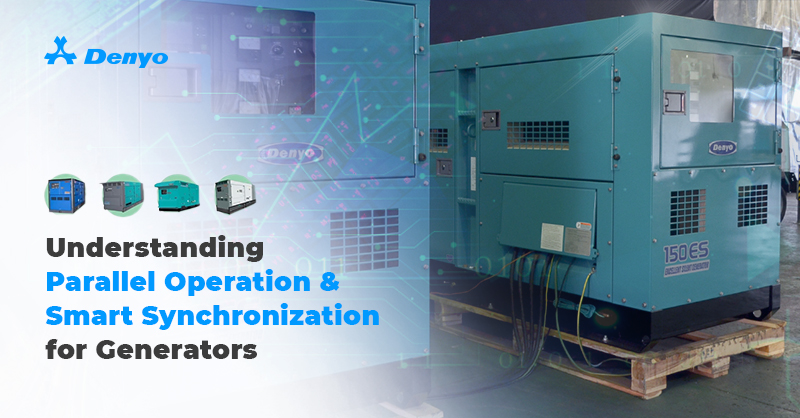Proper Generator Handling – Precautions for Long-Term Storage

Many may not realise that storing the generator is just as important as taking precautions while using it. After all, you want to ensure optimal performance of the generator for your next operation.
Like any other piece of machinery, generators are prone to rust and corrosion, hence taking necessary precautions for storing your generator will not only assure its deployment readiness when an emergency arises, but it will also keep you safe during operation.
Following precautions should be taken before placing your generators into long-term storage:
Choosing a Suitable Storage Environment
While storing the generator in your workshed or keeping it out in a backyard might seem like a convenient plan, neither of these methods is ideal. It is crucial to pick a ventilated, dry storage room that is free from moisture and dust – to minimise rust, corrosion and dust build-up. Ultimately, you want the generator to be clean, dry, and at a stable temperature.
Precautions before Storing the Generator
1. Start by adding rust preventive oil into the engine and run at 1575 RPM (rated speed) for at least 5 minutes – allowing the oil solution to circulate through the generator.
2. Drain the fuel in the fuel tank.
3. Drain the cooling water in the radiator and the engine block.
4. Loosen the belts in the generator (e.g., fan belt).
5. Apply the anti-rust treatment on metal parts and grease the appropriate moving parts.
6. Remove the battery from the generator and apply anti-corrosion treatment to the battery terminals before storing. Conduct a full charge once every month during the storage period to increase the longevity of the battery.
7. Conduct a thorough cleaning on the exterior and interior of the generator.
8. Measure and record the insulation resistance of the generator. If the result is 1MΩ and below, apply insulation recovery treatment and conduct the insulation resistance test again.
9. Use waterproof tape to seal all openings (intake and exhaust) of the generator and the engine (muffler and air cleaner).
Precautions before re-using the Generator after an Extended Period
1. Check for infiltration of foreign substances in the generator, and if there is any abnormality on the wirings (e.g., rusting).
2. Install the removed battery and set belts into position at a specified tension.
3. Remove the waterproof tape on all sealed openings of the generator and engine.
4. Change the fuel filter elements and oil filter elements before replacing the rust preventive oil with specified fuel and oil for the fuel tank and oil pan.
5. Supply cooling water into the radiator.
6. Conduct an insulation test on the generator and ensure that the result is 1MΩ or more.
7. Remove the cylinder head cover and supply oil to the rocker arm bearings and the pushrod.
8. Conduct a short idle run on the engine using the starter to circulate oil through the generator. Check the rising hydraulic pressure in the oil pressure gauge.
9. Follow the instruction manual for a test run to confirm the absence of abnormality in the generator before commencing of operation.
In this article, we have identified several measures to be taken in advance before placing your generators into long-term storage. If you have any questions regarding machine storage, do not hesitate to contact us or our technical specialist for more assistance.


